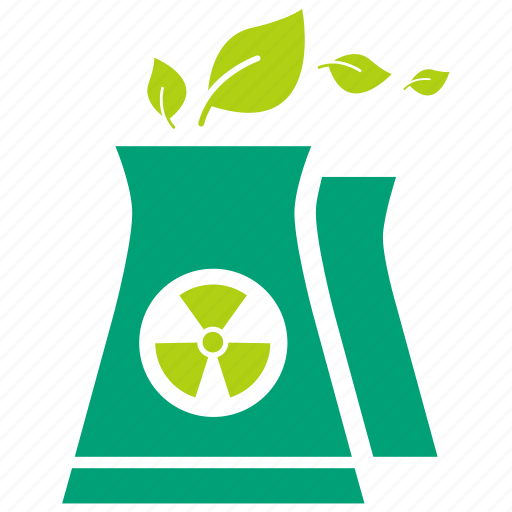The world’s first nuclear-powered battery — a diamond with an embedded radioactive isotope — could power small devices for thousands of years, according to scientists at the UK’s University of Bristol.
The diamond battery harvests fast-moving electrons excited by radiation, similar to how solar power uses photovoltaic cells to convert photons into electricity, the scientists said.
Scientists from the same university first demonstrated a prototype diamond battery — which used nickel-63 as the radioactive source — in 2017. In the new project, the team developed a battery made of carbon-14 radioactive isotopes embedded in manufactured diamonds. The researchers chose carbon-14 as the source material because it emits short-range radiation, which is quickly absorbed by any solid material — meaning there are no concerns about harm from the radiation. Although carbon-14 would be dangerous to ingest or touch with bare hands, the diamond that holds it prevents any short-range radiation from escaping. “Diamond is the hardest substance known to man; there is literally nothing we could use that could offer more protection,” Neil Fox, a professor of materials for energy at the University of Bristol, said in the statement…
A single nuclear-diamond battery containing 0.04 ounce (1 gram) of carbon-14 could deliver 15 joules of electricity per day. For comparison, a standard alkaline AA battery, which weighs about 0.7 ounces (20 grams), has an energy-storage rating of 700 joules per gram. It delivers more power than the nuclear-diamond battery would in the short term, but it would be exhausted within 24 hours. By contrast, the half-life of carbon-14 is 5,730 years, which means the battery would take that long to be depleted to 50% power…
[A] spacecraft powered by a carbon-14 diamond battery would reach Alpha Centauri — our nearest stellar neighbor, which is about 4.4 light-years from Earth — long before its power were significantly depleted.
The battery has no moving parts, according to the article. It “requires no maintenance, nor does it have any carbon emissions.”
Abstract credit: https://slashdot.org/story/436735/outstanding



You’ll need more than one.
It’s an isotope a billion times rarer than Uranium 235 compressed into a synthetic diamond. A regular synthetic diamond costs hundreds per carat because of the time and energy to compress graphite at high temperature and pressure over weeks.
From quora:
“Nuclear reactors produce roughly 30,000 Ci of 14C radiation per year which corresponds to a power output of 10 Watt.”
So if all the c14 was used for batteries instead of of research you could make 10 watts of batteries per year.
This is inadequate.